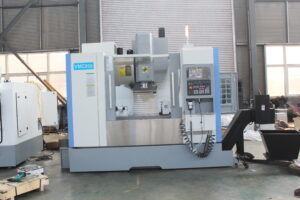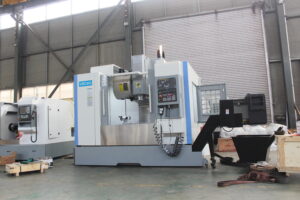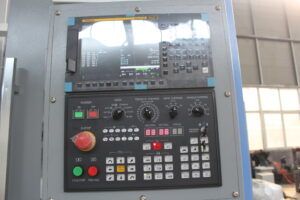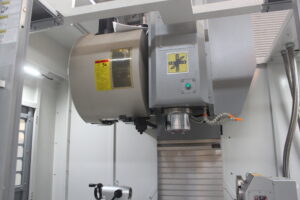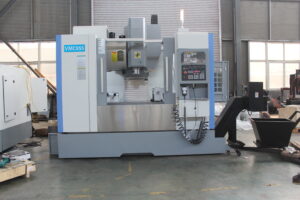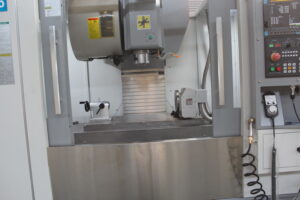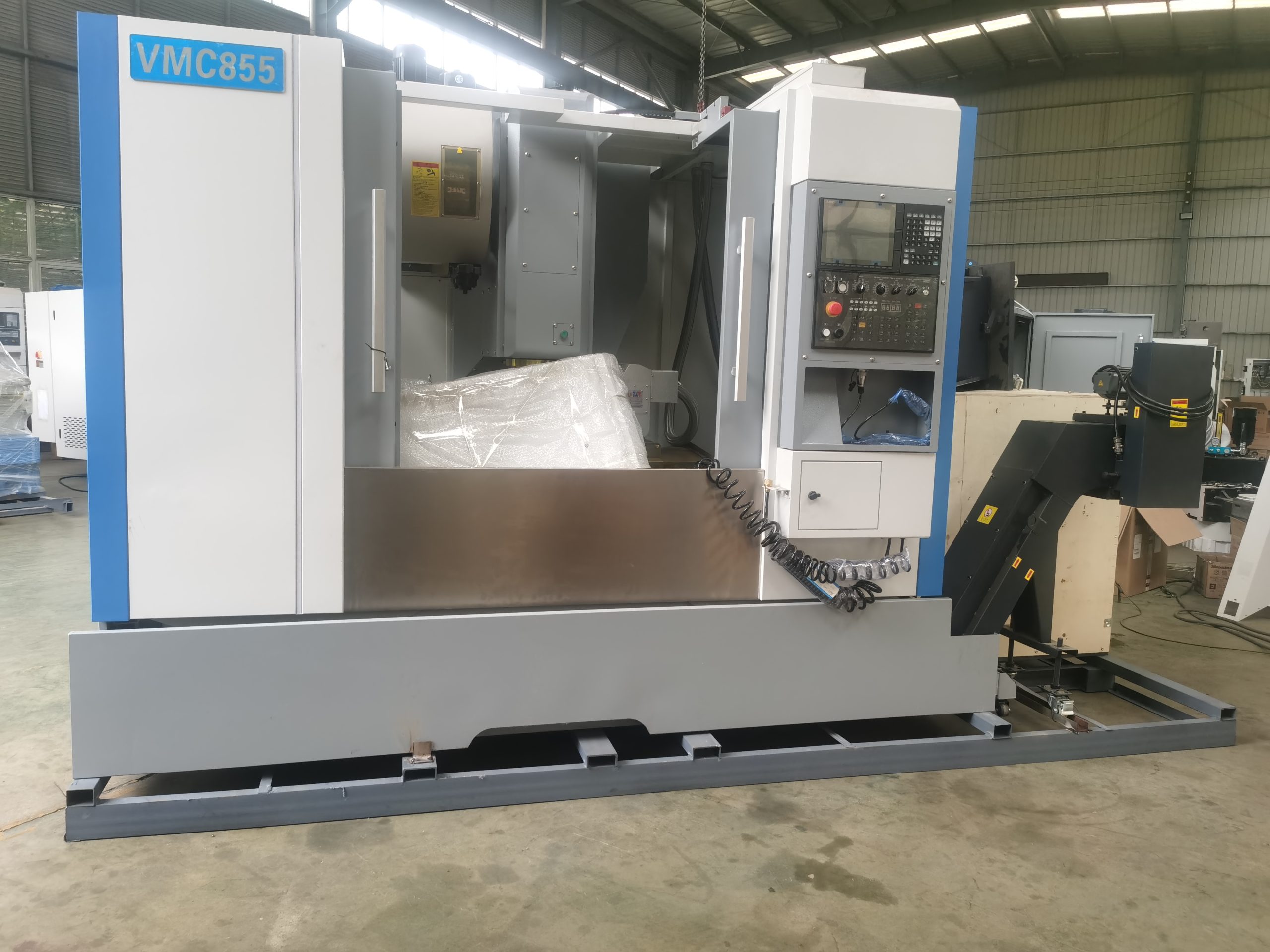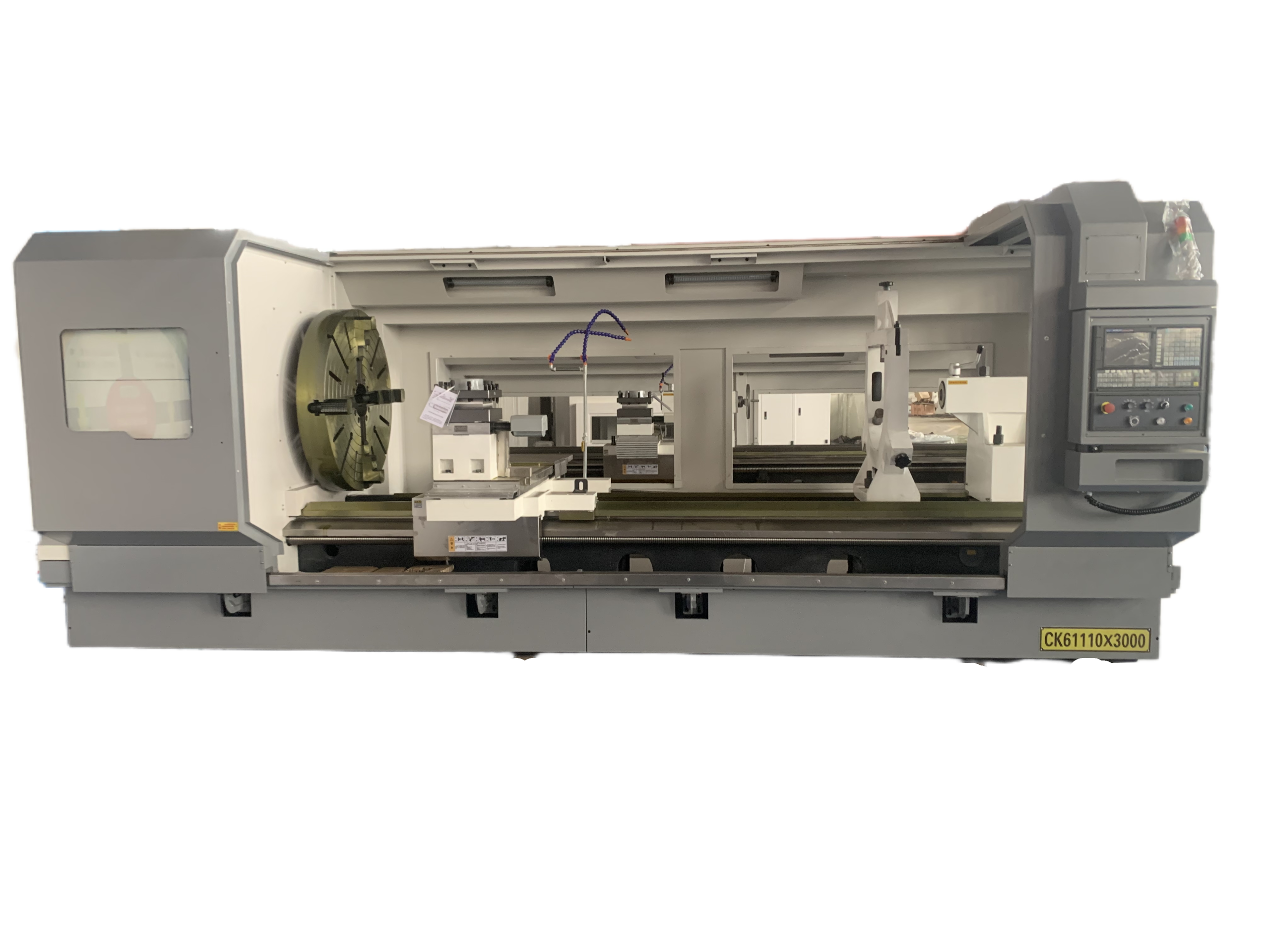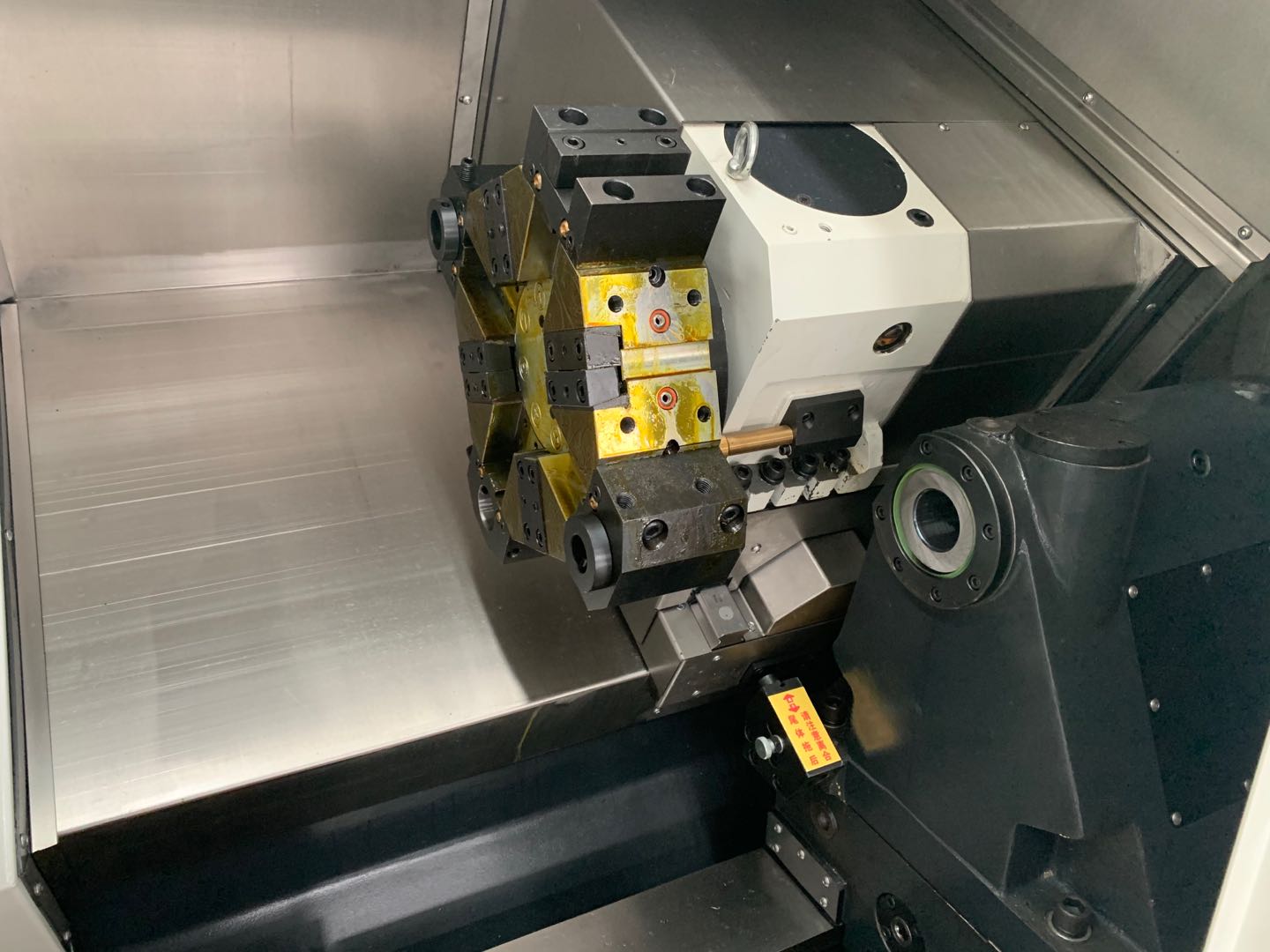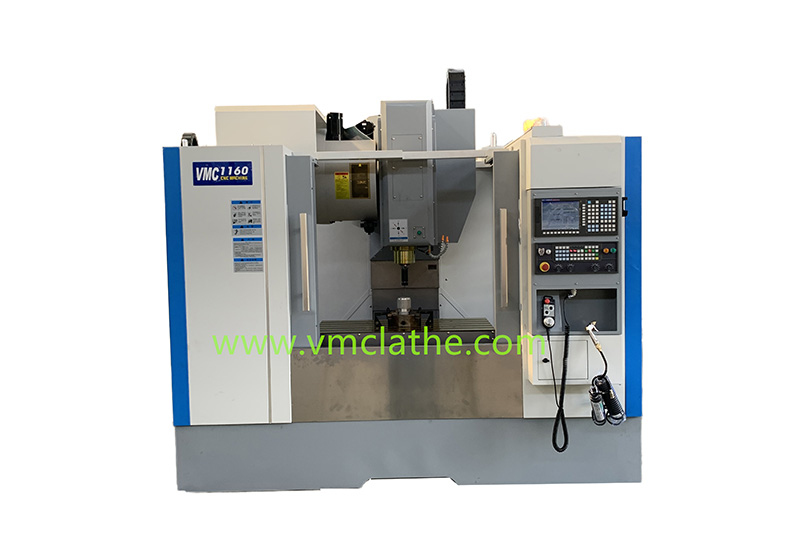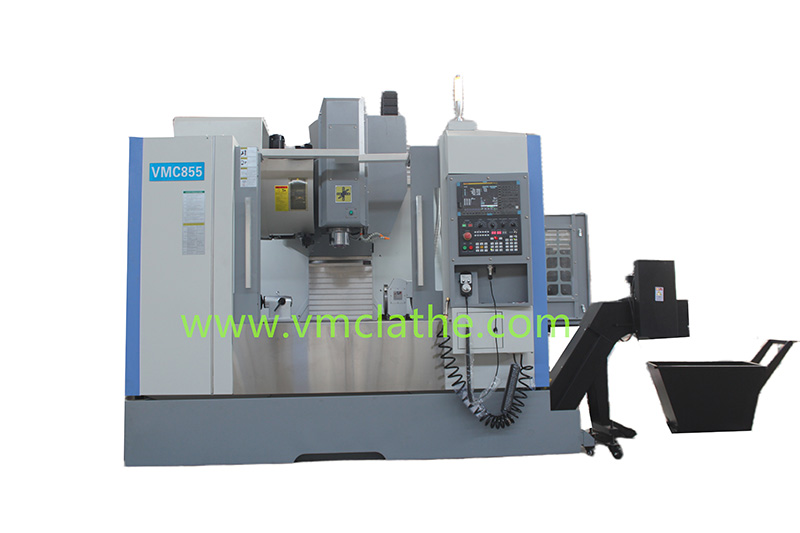The optimization of the main parameters of the machining center is the key link to improve the machining quality and efficiency. The following is a detailed answer to the optimization of the main parameters of the machining center:
1. Overview of main parameters
The main parameters of the machining center include cutting speed, feed speed, cutting depth, spindle speed, tool selection, etc. The setting of these parameters directly affects the stability, efficiency and quality of the machining process.
2. Main parameter optimization method
1. Cutting speed optimization
o Significance: Cutting speed is a key factor affecting cutting force and cutting temperature. Reasonable selection of cutting speed can improve machining efficiency and tool life.
o Optimization method: Select the appropriate cutting speed according to the hardness and toughness of the machining material and the material and geometry of the tool. Generally speaking, for materials with higher hardness, the cutting speed should be appropriately reduced; for materials with stronger toughness, the cutting speed can be appropriately increased. At the same time, the rigidity and stability of the machine tool must also be considered to ensure a smooth cutting process.
2. Feed speed optimization
o Significance: The feed speed determines the speed of cutting material per unit time, which has a direct impact on machining efficiency and surface quality.
o Optimization method: Under the premise of ensuring the processing quality, try to increase the feed speed to improve the processing efficiency. However, it should be noted that too fast feed speed may lead to increased cutting force and increased cutting temperature, which will affect the tool life and processing quality. Therefore, it is necessary to make appropriate adjustments according to the actual situation.
3. Cutting depth optimization
o Significance: Cutting depth is the depth of the tool cutting into the workpiece each time, which has an important impact on the processing efficiency and tool life.
o Optimization method: Select the appropriate cutting depth according to the workpiece material and tool performance. Too large cutting depth is likely to lead to increased cutting force and increased cutting temperature, which will affect the tool life and processing quality; while too small cutting depth will reduce processing efficiency. Therefore, it is necessary to try to select the appropriate cutting depth to improve processing efficiency under the premise of ensuring processing quality.
4. Spindle speed optimization
o Significance: The spindle speed determines the rotation speed of the tool and has a direct impact on the cutting force and cutting temperature.
o Optimization method: Select the appropriate spindle speed according to the characteristics of the processing material and the material of the tool. Too high spindle speed is likely to lead to increased tool wear and increased cutting temperature; while too low spindle speed will affect processing efficiency. Therefore, it is necessary to make appropriate adjustments according to the actual situation to find the best spindle speed.
5. Tool selection optimization
o Significance: The tool is a key tool in the machining process, and its selection directly affects the machining efficiency and quality.
o Optimization method: Select appropriate tool materials and geometric shapes according to the characteristics of the machining material, the shape and size of the workpiece, and the machining requirements. At the same time, it is also necessary to consider factors such as tool durability, cutting performance, and price for comprehensive evaluation.
III. Optimization precautions
1. Safety first: When optimizing parameters, the safety of operators must be ensured. Strictly abide by the machine tool operating procedures and safety precautions to prevent safety accidents.
2. Comprehensive consideration: When optimizing parameters, it is necessary to comprehensively consider multiple factors such as machining efficiency, machining quality, tool life, and machine tool performance. Find the best parameter combination through experiments and data analysis.
3. Continuous improvement: The parameter optimization of the machining center is a process of continuous improvement. With the continuous changes in machining materials, workpiece shapes, and machining requirements, it is necessary to continuously adjust and optimize machining parameters to adapt to new machining requirements.
In summary, the optimization of the main parameters of the machining center is an important means to improve machining quality and efficiency. By rationally selecting and optimizing parameters such as cutting speed, feed speed, cutting depth, spindle speed, and tool selection, the processing efficiency and quality can be significantly improved, production costs can be reduced, and the company’s market competitiveness can be enhanced.

